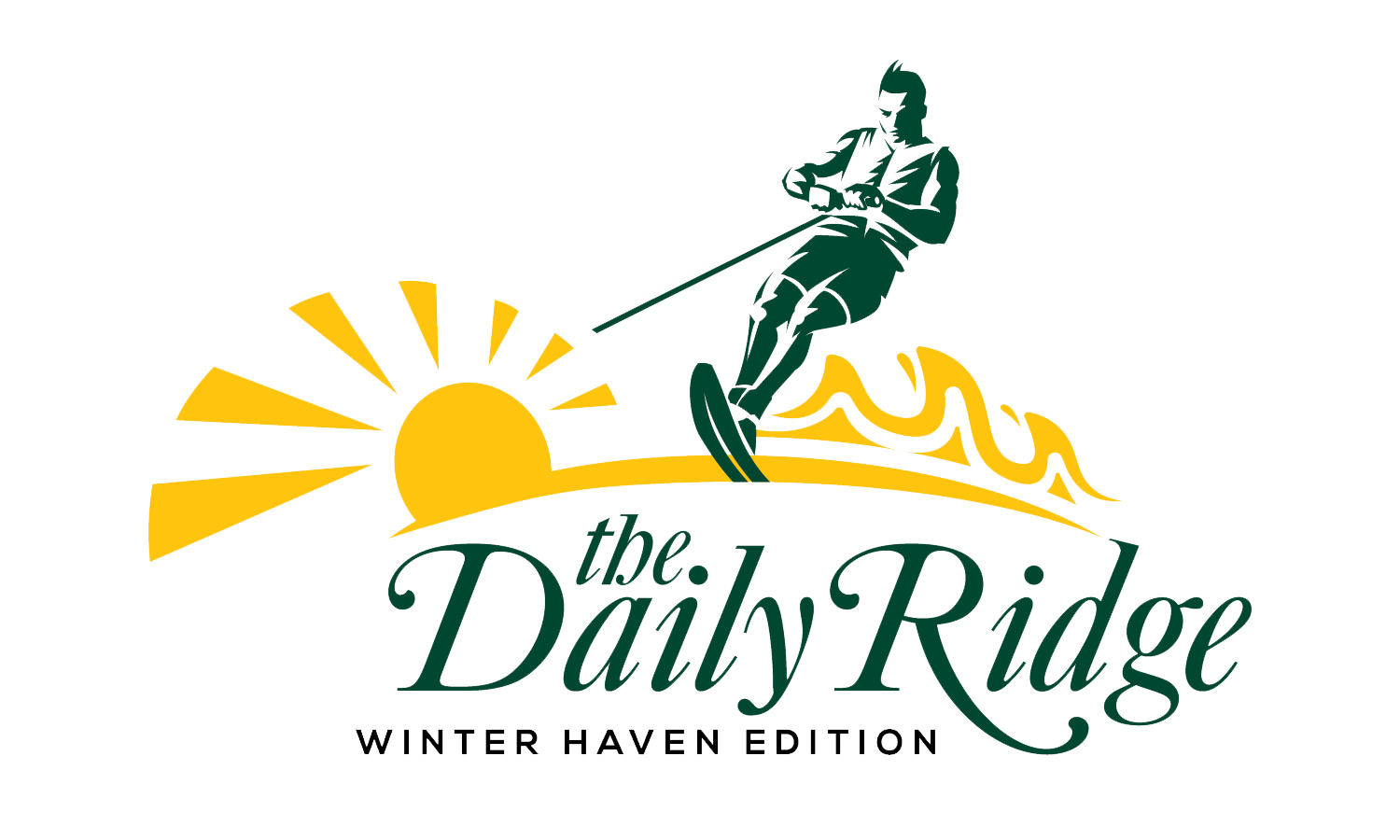Though Dec. 7, 1941, will always be known as the date of the Pearl Harbor attack, Oahu wasn’t Japan’s only target on the “date which will live in infamy.”
Japanese forces accompanied the Pearl Harbor assault – which fell on Dec. 8 in Japan – with well-coordinated surprise attacks on U.S. and British bases throughout the Pacific, including in the Philippines, Guam, Wake Island, Malaya (now part of Malaysia) and Hong Kong. Japan formally declared war on both the United States and the British Empire.
While Japan’s aim in striking Oahu was to immobilize the U.S. Pacific Fleet to prevent it from interfering with its larger plans in the Pacific, it intended other attacks to serve as preludes to full-scale invasion and occupation.
The campaign progressed rapidly, though U.S.-Filipino units were able to mount a resistance for five months in the Philippines. That defense delayed the Japanese timetable for the conquest of south Asia and became a symbol of hope for the United States in the early, bleak days of the war.
Among the most strategically important targets for the Japanese were the three U.S. Pacific Fleet aircraft carriers stationed at Pearl Harbor – the USS Enterprise, the USS Lexington and the USS Saratoga – but in a stroke of luck, none were in port on Dec. 7.
The Enterprise was en route back to Pearl Harbor on Dec. 7, after Navy Adm. Husband E. Kimmel, the fleet’s commander in chief, sent the ship to Wake Island on Nov. 28 to deliver Marine Corps fighter planes.
Kimmel had dispatched the Lexington with a task force to deliver scout bombers to Midway Island just two days before the Pearl Harbor attack. And the Saratoga was in San Diego after undergoing a maintenance overhaul.
Though most of the fleet was in Pearl Harbor for the attack, the absence of the carriers was a boon to American forces, and carriers would play a pivotal role in turning the tide in the Pacific in the Allies’ favor. The Enterprise became the most decorated U.S. warship of World War II, serving in almost every naval battle against Imperial Japan.
Despite the surprise of the Pearl Harbor attack, it was the United States, not Japan, that fired the first shot in the waters off Oahu on Dec. 7.
The destroyer USS Ward, patrolling in a restricted zone off the entrance to Pearl Harbor, shot and sank a Japanese mini submarine more than an hour before Japanese aircraft launched their attack.
Another ship, the minesweeper USS Condor, reported spotting a submarine periscope at 3:42 a.m. Nearly three hours later, a patrol aircraft also sighted a periscope and marked the spot with a smoke pot. The Ward responded, firing at the sub and dropping depth charges.
It was one of five top-secret Japanese mini subs specifically built for the Pearl Harbor raid that were attempting to enter the harbor to fire torpedoes once the attack began, though the mission ultimately failed.
The Ward radioed a report of the incident, and Pacific Fleet commander Adm. Husband E. Kimmel canceled his regular golf game and was returning to headquarters when the air attack began.
The commander of one of the five mini submarines Japan built for the attack on Pearl Harbor became America’s first prisoner of the war.
Ensign Kazuo Sakamaki, 23, had trouble with the gyrocompass of the two-person ship even before it launched from its “mother” sub about 10 miles off Pearl Harbor at around 3:30 a.m. Dec. 7.
He and his shipmate struggled to control the roughly 80-foot vessel, repeatedly struck coral reefs, were fired on by a destroyer, temporarily lost consciousness when the battered sub’s batteries released smoke and fumes, and eventually became stuck on a reef near Bellows Field.
His shipmate died in the ordeal, but Sakamaki made it to shore and fell unconscious. A Hawaii National Guard soldier on patrol at Bellows in the morning on Dec. 8 apprehended him; he was questioned and sent to a prisoner of war facility.
After the war, Sakamaki wrote a memoir, published in the U.S. as “I Attacked Pearl Harbor: The True Story of America’s POW #1,” though he reportedly did not speak much about his wartime experiences. He worked for Toyota, rising to become president of a Brazilian subsidiary, and died at age 81.
The crew of the USS Arizona on Dec. 7, 1941, included 38 sets of brothers and one father and son.
Three of the sets included three brothers each, making 79 brothers total assigned to the battleship. Sixty-three of them died in the attack, along with the father and son, Thomas Augusta Free and William Thomas Free.
Only one family had both brothers survive: Kenneth Warriner was off the ship, training in San Diego; his brother, Russell, was badly burned but survived.
Such losses prompted the Navy to issue a bulletin early in the war advising against family members serving together on the same ship, but no formal prohibition followed.
Perhaps the best-known sets of brothers to die in the war – the five Sullivan brothers, who were killed in action aboard the USS Juneau in 1942 in the biggest blow to any one family in U.S. wartime history – enlisted or reenlisted to avenge the loss of their friend Seaman 1st Class William V. Ball.
Ball was killed while serving on the USS Arizona with his own brother, Fireman 1st Class Masten A. Ball, who survived.

*information from Department of Defense
https://www.defense.gov/multimedia/experience/remembering-pearl-harbor/

